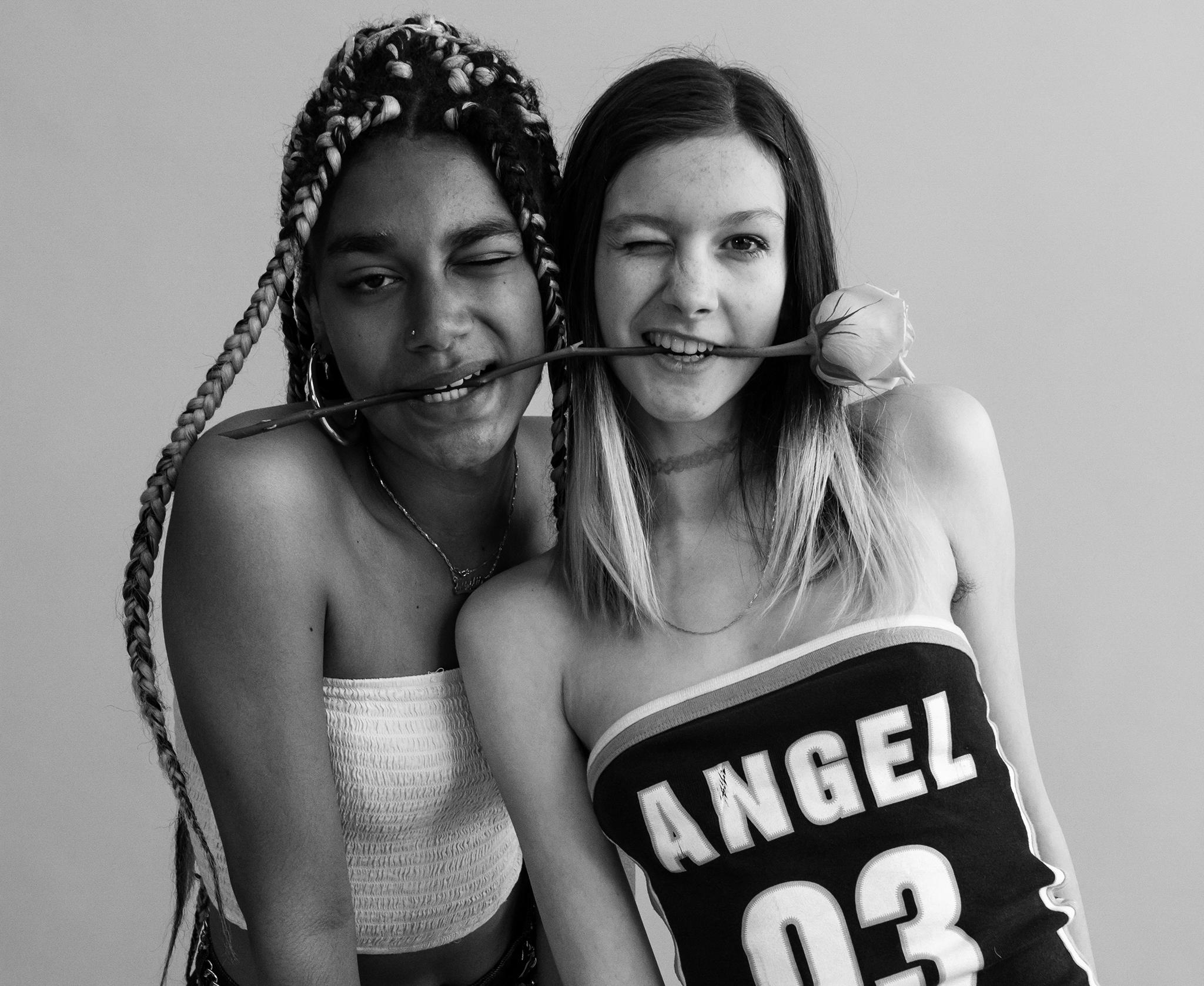The queer kids of New York: Photographer captures LGBTQ people in series of simple portraits
Lula Hyers talks to The Independent about why giving queer people a place in history is more important than ever

A photographer has captured the young, queer people of New York City in a series of simple and poignant portraits.
Lula Hyers, 19, from New York, undertook the ongoing project to highlight the beauty of queer people – an umbrella term encompassing anyone who might identify as anything other than completely heterosexual and cisgender – and guarantee them a part in history through imagery.
“As a queer femme, I felt it was not only important but vital to make a body of work that serves as a safe space for queer people to exist as they choose without censorship or erasure,” Hyers told The Independent.
The shoot took place last year at a studio in the US city after Hyers simply posted a time and date on Instagram asking people to take part. She was surprised at how many people showed up willing to be a part of the project.
“It was beautiful,” she says. “Some people cried, some people laughed. It was a very important experience, not only for myself, but all subjects involved. It lasted all day and people brought fruit and snacks. Many kids became friends at the shoot and are still friends today.”
New York's Queer Youth
Show all 12While the portraits were simplistic and candid, opening up about their sexuality in front of a camera was an important and bold step for some of the subjects, one of whom contacted Hyers afterwards to explain how the shoot empowered and pushed her to finally tell her mother she was attracted to women.
Hyers main aim of the project was “to record, and in a way force, the faces of queer America into history in whatever way I could”. This is especially important in the current climate where many members of the American LGBTQ community have expressed concern and pledged resistance over some members of the new Republican government.
For example, a queer dance party was organised outside the incoming US vice president Mike Pence’s new home in January in response to his previous stance in respect to the LGBTQ community. Mr Pence ha previously opposed same-sex marriage and supported gay conversion therapy.
Last month, the White House axed legal provisions to protect transgender students from discrimination. A provision which said transgender students should be able to use the bathroom of their choice, previously granted by former President Barack Obama, was scrapped by Attorney General Jeff Sessions.
Following Mr Trump’s victory there were also fears of an increase in anti–LGBTQ attacks as reports of attacks on minorities began to unfold.
“[It is important to give queer people a voice] now more than ever,” Hyers says. “We have no time to waste. If you aren't here for queer people, your feminism and activism isn't being executed right. Queer people often get reduced to one image, one stereotype and we are all so much more than that. It's important for people to see that.
“In a time where trans women of colour are being killed at an extremely high rate and little to nothing is being done about it by law enforcement or covered on the media, queer stories are so important. The time is now to share them and highlight them in anyway we all can.
The photographs are simple in design partly so that nothing distracts from the message and aim of the project, Hyers says.
“I wanted simple portraits to keep the body of work look collective. I also liked the concept of a simple portrait because it wasn't distracting. It said: ‘Here is this person, they exist, they are important and they are beautiful.’”
So will projects like this, and others Hyers has undertaken such as a partnership with Refinery 29 and Getty Images to diversify the faces and bodies used in stock images pave the way for more inclusive mainstream projects?
“We are seeing a shift for sure but it's hardly scraped the surface and we have a long way to go,” Hyers says. “We can't pat ourselves on the back for doing work we should have been doing all along.”
While the project initially included young queer people, Hyers has now extended it to feature all ages and people from all over the world. She is also training as a doula and a sex education teacher.
“It's important for me as a queer femme to know about queer sex Ed and also to incorporate that into birth work,” she says. “We need to be safe and included in all facets of life.”
Subscribe to Independent Premium to bookmark this article
Want to bookmark your favourite articles and stories to read or reference later? Start your Independent Premium subscription today.



Join our commenting forum
Join thought-provoking conversations, follow other Independent readers and see their replies
Comments